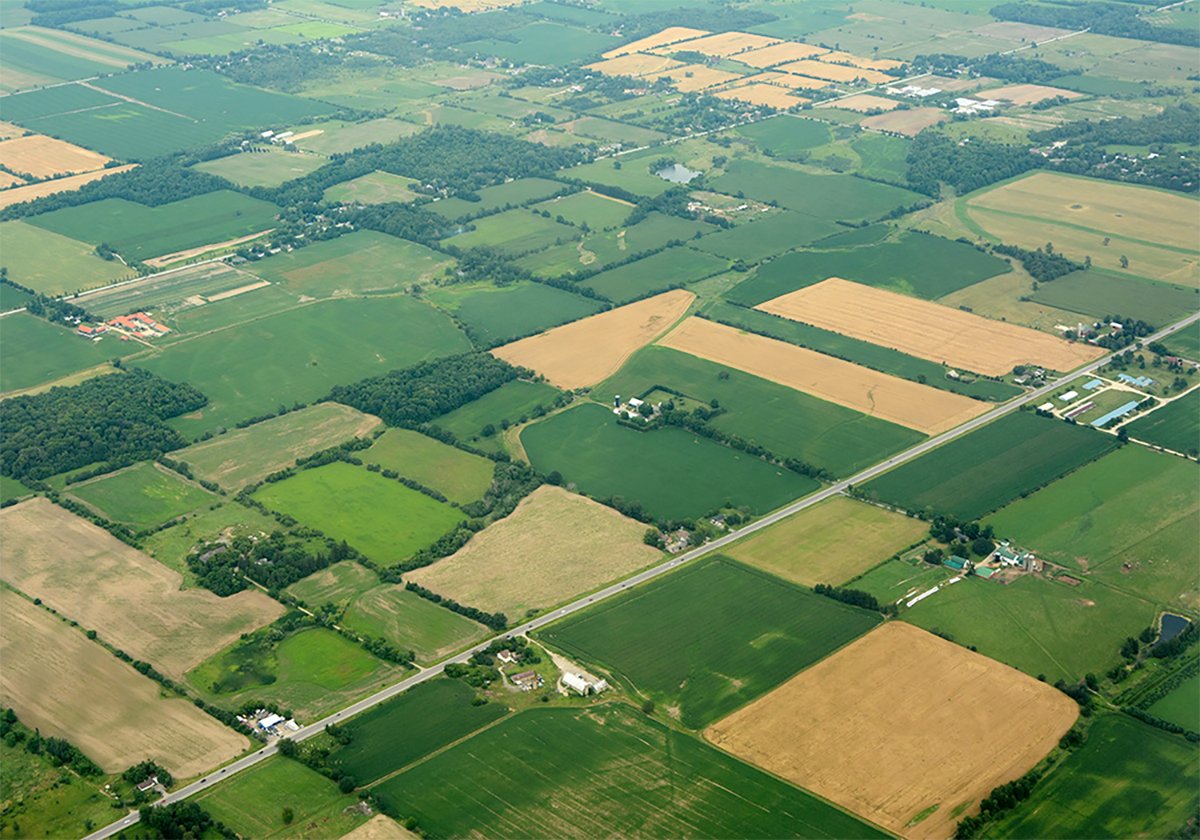DID this summer’s hotdogs taste different from the ones of summers past?
It might be because some Canadian manufacturers of weiners and other processed meat products stopped using beef in their mixtures after a case of BSE was discovered last year.
Initially wary of safety issues and then worried about reliability of supply, some manufacturers took the route considered safest at the time.
Canada’s beef industry, suffering an oversupply of mature animals, needs this market and others to use more domestic beef, particularly that of mature cows.
Read Also

Higher farmland taxes for investors could solve two problems
The highest education and health care land tax would be for landlords, including investment companies, with no family ties to the land.
Consumer response to the BSE crisis is well known. Per capita consumption of beef has increased and Canadians continue to prove their confidence in beef safety and quality.
But a lot of beef Canadians eat is imported. Last year processors used about 178,000 tonnes of beef in products such as burgers and lunch meat. Only 48,000 tonnes of it came from Canadian cattle. The other 130,000 tonnes were imported.
The Beef Information Centre wants to change that, but it won’t be easy. Each tonne of displaced offshore beef represents a market for about four older cattle, according to figures from the Canadian Cattlemen’s Association.
Why haven’t the further processors used more Canadian product? In part it’s because the Canadian cattle industry focussed its efforts on export markets, with their comparatively higher returns. Processors looked elsewhere for commercial beef supply. In particular they sought inexpensive lean and uniform cuts that suited their specific needs. They created products, processes and profit margins around imported beef, and won’t change easily.
As well, Canada’s inability to slaughter sufficient numbers of older animals jeopardizes the ability to provide a consistent and reliable supply of beef to further processors.
And so the supply of older animals continues to grow.
Trade restrictions on mature animals – their live movement and their beef – are likely to exist for some time, certainly longer than restrictions on cattle younger than 30 months. And that makes it a whole new ball game for buyers and sellers.
Before BSE, a cull cow could reasonably bring about $800. Now, the average is around $200 per head, assuming a market can be found.
Is there room, somewhere between those two price extremes, for further processors to buy domestic product and continue to make a profit on their products? We have to believe that there is.
And on producers’ and processors’ part, is there a way to produce, slaughter and market mature beef that is consistent, lean and reasonably priced, suitable for further processors’ needs? Again, we must believe there is.
Efforts to increase domestic markets for beef from mature animals deserve all support we can provide.














